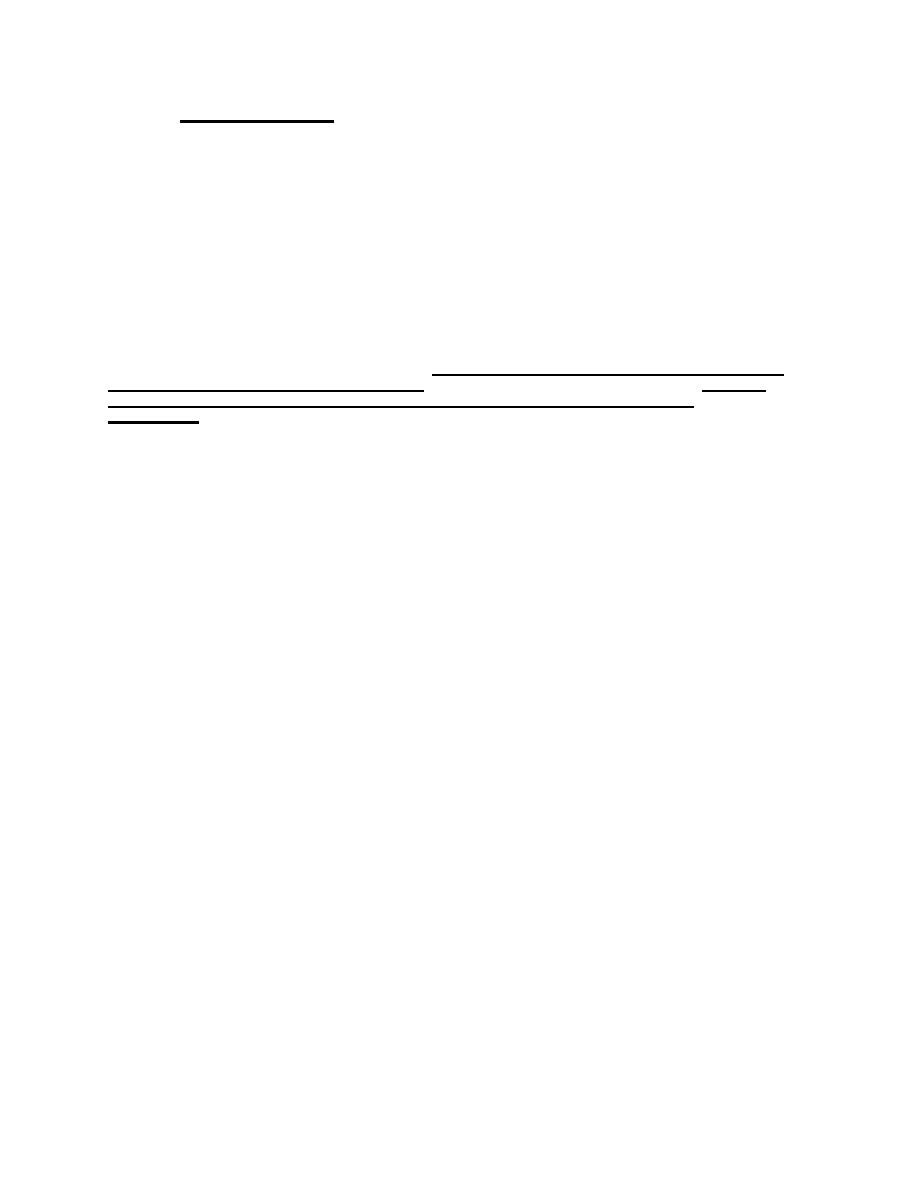
d. Chemical Clogging. Filter systems (filter layers, fabrics, pipes)
can become chemically clogged by ferruginous (iron) and carbonate
depositions and incrustations. Where the permanent subdrainage system is
accessible, pipes with larger perforations (3/8 inch) and increased
thickness of filter layers can be used. For existing facilities, a weak
solution of hydrochloric acid can be used to dissolve carbonates.
3. INTERCEPTING DRAINS. Intercepting drains consist of shallow trenches
with collector pipes surrounded by drainage material, placed to intercept
seepage moving horizontally in an upper pervious stratum. To design proper
control drains, determine the drawdown and flow to drains by flow net
analysis. Figure 8 shows typical placements of intercepting drains for
roadways on a slope.
4. SHALLOW DRAINS FOR PONDED AREAS. Drains consisting of shallow stone
trenches with collector pipes can be used to collect and control surface
runoff. See Figure 9 (Reference 7, Seepage Into Ditches From a Plane Water
Table Overlying a Gravel Substratum, by Kirkham; and Reference 8, Seepage
Into Ditches in the Case of a Plane Water Table And an Impervious
Substratum, by Kirkham) for determination of rate of seepage into drainage
trenches. If sufficient capacity cannot be provided in trenches, add
surface drainage facilities.
5. PIPES FOR DRAINAGE BLANKETS AND FILTERS. Normally, perforated wall
pipes of metal or plastic or porous wall concrete pipes are used as
collector pipes. Circular perforations should generally not be larger than
3/8 inch. Filter material must be graded according to the above guidelines.
Pipes should be checked for strength. Certain deep buried pipes may
need a cradle. Check for corrosiveness of soil and water; certain metal
pipes may not be appropriate.
Since soil migration may occur, even in the best designed systems,
install cleanout points so that the entire system can be flushed and snaked.
Section 5.
WELLPOINT SYSTEMS AND DEEP WELLS
1. METHODS. Excavation below groundwater in soils having a permeability
greater than 10. -3- fpm generally requires dewatering to permit
construction in the dry. For materials with a permeability between 10. -3-
and 10. -5- fpm, the amount of seepage may be small but piezometric levels
may need to be lowered in order to stabilize slopes or to prevent softening
of subgrades. Drawdown for intermediate depths is normally accomplished by
wellpoint systems or sumps.
Deep drainage methods include deep pumping wells, relief wells, and deep
sheeted sumps. These are appropriate when excavation exceeds a depth that
can be dewatered efficiently by wellpoint systems alone or when the
principal source of seepage is from lower permeable strata.
7.1-279



 Previous Page
Previous Page
